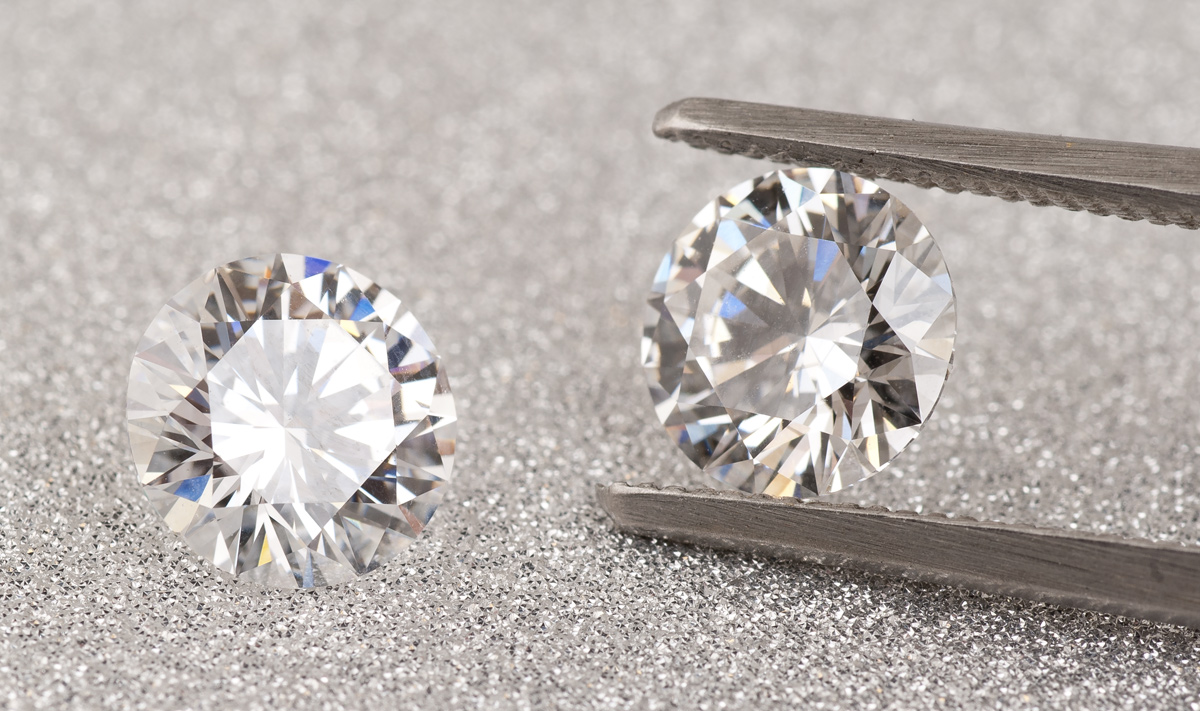Introduction
Lab diamonds have emerged as a revolutionary alternative to mined diamonds, captivating the attention of consumers and jewelers alike. But what exactly are lab diamonds, and why are they rapidly gaining popularity in the jewelry industry?
What are lab diamonds?
Lab diamonds, also known as synthetic or cultured diamonds, are created in controlled laboratory environments rather than being mined from the earth’s crust like natural diamonds. These diamonds possess the same chemical composition, physical properties, and optical brilliance as their natural counterparts.
Why are lab diamonds gaining popularity?
The rise of lab diamonds can be attributed to several factors, including their cost-effectiveness, ethical considerations, and minimal environmental impact. Let’s delve deeper into the advantages of choosing lab diamonds are the future over mined ones.
Advantages of Lab Diamonds
Cost-effectiveness
One of the most significant advantages of lab diamonds is their affordability compared to natural diamonds. Since they are produced in a controlled setting, lab diamonds typically cost 20-40% less than mined diamonds of similar quality and size, making them an attractive option for budget-conscious consumers.
Ethical considerations
Unlike natural diamonds, which are often associated with unethical practices such as child labor and environmental degradation, lab diamonds are ethically sourced. By opting for lab-grown diamonds, consumers can ensure that their purchase aligns with their values of social responsibility and ethical sourcing.
Environmental impact
The environmental footprint of lab diamonds is significantly lower than that of mined diamonds. The mining process for natural diamonds involves extensive land disruption, energy consumption, and carbon emissions, whereas lab-grown diamonds require minimal land use and have a reduced carbon footprint, making them a more environmentally sustainable choice.
Quality and Durability
Are lab diamonds real diamonds?
Yes, lab diamonds are real diamonds. They share the same chemical composition and crystal structure as natural diamonds, consisting of carbon atoms arranged in a diamond cubic lattice. This means that lab diamonds exhibit the same exceptional hardness, brilliance, and durability as mined diamonds.
How do lab diamonds compare to natural diamonds in terms of quality?
In terms of quality, lab diamonds are virtually indistinguishable from natural diamonds to the naked eye. They possess identical optical and physical properties, including color, man made diamonds, clarity, and brilliance. In fact, many lab diamonds exhibit superior clarity and color due to the controlled growth conditions in the laboratory.
Certification and Authenticity
How are lab diamonds certified?
Lab diamonds undergo the same rigorous certification process as natural diamonds to assess their quality and authenticity. They are graded based on the 4Cs criteria—cut, color, clarity, and carat weight—by reputable gemological laboratories such as the Gemological Institute of America (GIA) and the International Gemological Institute (IGI).
Ensuring authenticity
To ensure the authenticity of lab diamonds, consumers should purchase from reputable retailers who provide certification from recognized gemological laboratories. Additionally, lab-grown diamonds are often laser inscribed with a microscopic identifier to distinguish them from natural diamonds.
Customization and Availability
Design flexibility
One of the advantages of lab diamonds is their versatility in design. They can be customized to meet individual preferences, whether it’s a classic solitaire engagement ring or a unique, avant-garde jewelry piece. Lab diamonds offer endless possibilities for creative expression and personalization.
Availability of lab-grown diamonds
With advancements in technology, lab-grown diamonds are becoming increasingly accessible to consumers worldwide. They are readily available from reputable jewelers and online retailers, offering a wide range of shapes, sizes, and qualities to suit every budget and style preference.
Market Trends
Growing market share
The market for lab-grown diamonds is experiencing exponential growth, driven by shifting consumer preferences towards sustainable and ethically sourced products. According to industry reports, sales of lab diamonds have been steadily increasing year-over-year, indicating a significant shift in the jewelry market landscape.
Changing consumer preferences
Millennials and Gen Z consumers, in particular, are driving the demand for lab-grown diamonds due to their ethical and environmental concerns. They value transparency, sustainability, and social responsibility, making lab diamonds an appealing choice for their fine jewelry purchases.
Investment Value
Long-term value
While natural diamonds have traditionally been viewed as a symbol of luxury and investment, lab-grown diamonds also hold long-term value. As consumer awareness and acceptance of lab diamonds continue to grow, their resale value is expected to remain stable or even appreciate over time.
Resale market
Lab-grown diamonds can be resold in the secondary market, just like natural diamonds. However, it’s essential to provide proper documentation and certification to ensure the authenticity and quality of the diamonds, thus maximizing their resale value.
Myths and Misconceptions
Debunking common myths
There are several myths surrounding lab diamonds, including misconceptions about their quality, value, and origin. Contrary to popular belief, lab diamonds are not “fake” or inferior to natural diamonds. They are real diamonds with the same chemical composition and brilliance.
Clarifying misconceptions
It’s crucial to dispel misconceptions about lab diamonds and educate consumers about their benefits and advantages. By providing accurate information and transparent communication, retailers can help consumers make informed decisions when purchasing fine jewelry.
Maintenance and Care
Cleaning and maintenance tips
Lab diamonds require the same care and maintenance as natural diamonds to preserve their brilliance and sparkle. Regular cleaning with mild soap and water, along with professional inspections and maintenance, will ensure that your lab-grown diamonds remain radiant for years to come.
Long-term care
Investing in proper storage and protection for your lab diamonds is essential for their long-term durability. Store them separately from other jewelry pieces to prevent scratching, and consider periodic professional cleaning and inspection


